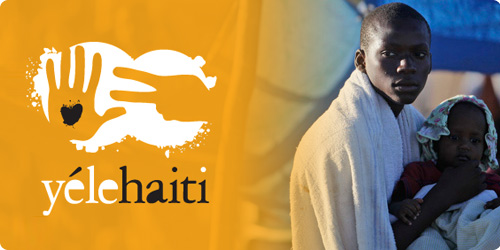This is the second Snowy Owl in the same area that I found my first of the year (see my Nov. 13 & Nov. 14 posts). I was almost as surprised as the owl as I wandered through the heavy frost in the misty fog as the rain started to fall. It's still too early to decide if this winter will be great for owls, but the early indicators are all good. Fingers crossed that they establish the area as their winter hunting grounds.
Two spots remain available for my recently added Winter Owl Workshop, February 10-14, 2025.





















